Benjamin Banneker School, Parkville Missouri
Introduction
Text-to-speech Audio
Construction of Parkville's Benjamin Banneker School began in 1885, and the building may be the oldest remaining one-room schoolhouse that was purpose-built for African American students west of the Mississippi River. The one-room schoolhouse provided dedicated space for a school for Black children in the community that was originally held in the basement of the Missouri Valley Hotel and later held in Bergen Hall on the Park University campus. The city built a second school for Black children in 1902 and a third in 1925. Preservation efforts to save and eventually utilize the school as a living history site began in the 1980s and continue today through the Banneker School Foundation and Historic Site. The building serves as a reminder of the separate and not equal nature of segregation in Missouri and the efforts by Black communities to create institutions of education and uplift in communities throughout the Kansas City area during the late nineteenth and early twentieth century. The building also serves as a reminder of the life and legacy of Benjamin Banneker, an influential Black astronomer, author, and mathematician in the late 18th century. Banneker played a contributing role in the boundary survey used to plan the federal city of Washington D.C. He was also an author who corresponded with Thomas Jefferson and other notable American leaders on various topics, including the abolition of slavery.
Images
Benjamin Banneker Historical Schoolhouse in Parkville, Missouri.
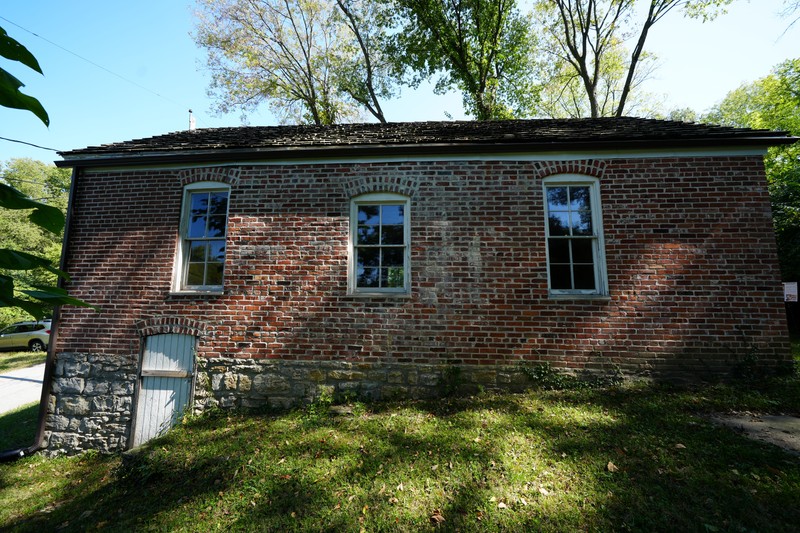
The interior includes remnants of two former blackboards
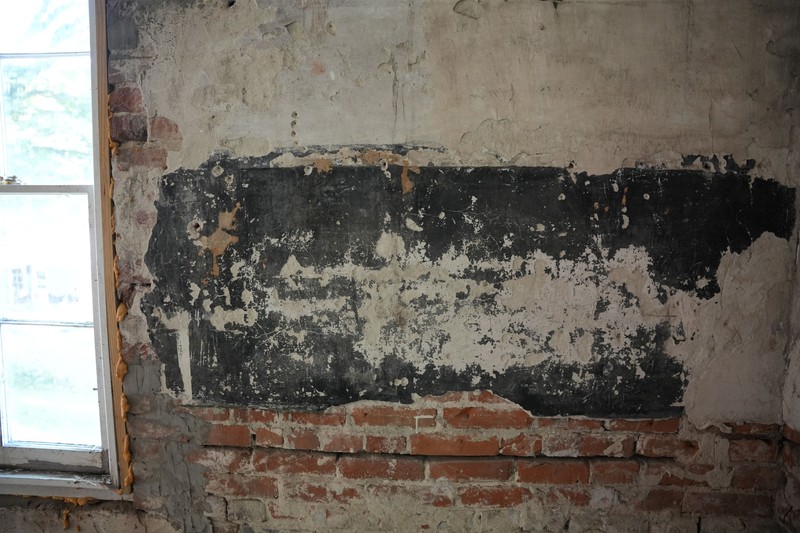
The entrance to the schoolhouse in 2023
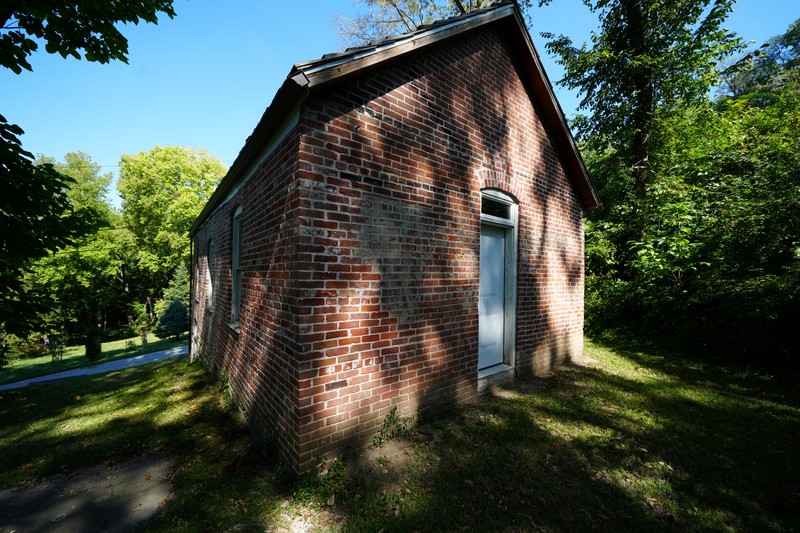
The interior of the one-room schoolhouse in September 2023
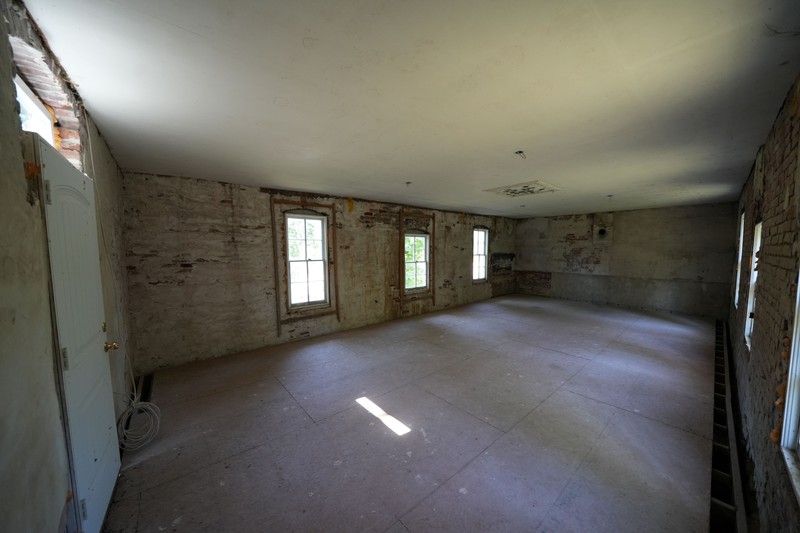
Information about the ongoing efforts to restore the building
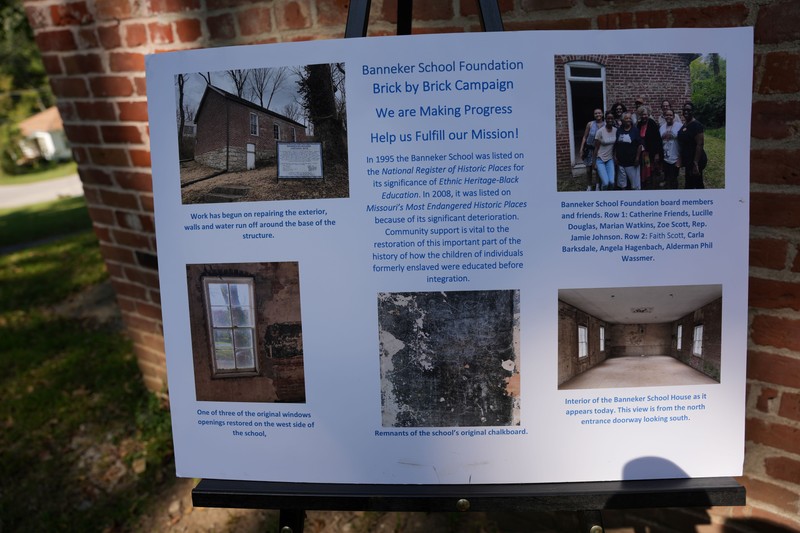
Backstory and Context
Text-to-speech Audio
Parkville's first permanent settlers of European descent arrived in the area in 1839 when David and Stephan English established English Landing, a steamboat landing and log warehouse on the Missouri River. One year later, in 1840, Colonel George S. Park purchased the English brothers' interests and changed the settlement's name to Parkville. He platted the town in 1844, set aside land for a college, and constructed several buildings, including the Missouri Valley Hotel. Park was compelled to flee the town he founded because of the unpopularity of his antislavery views. During the 1850s, debate and violence ensued regarding Kansas' entry into the Union as a slave or free state. A group of pro-slavery men killed Pastor Charles Morris for preaching antislavery views at the pulpit. By 1853, Park had co-founded the Industrial Luminary, a Free Soil newspaper in the town he created. An editorial he penned in 1854 in the paper supported Kansas entering the Union as a free state. A committee called the Kansas League broke into Park's newspaper office and destroyed the printing press, and they also threatened to hang Park and his partner if they did not leave town.
Park moved to Illinois, but the land he left to be used as a college remained. He moved back to Parkville after the Civil War and was allowed to pursue his life-long ambition to establish a college with Christian-based pedagogy designed to educate young people of the American West, which included programs to have students do manual labor that helped offset the costs. In the spring of 1865, at the close of the Civil War, the General Assembly rescinded an 1847 constitutional amendment that forbade the education of Missouri's Black residents. The Assembly followed that with a series of measures in 1866 intended to establish and fund Black schools in each township or city; the first public school for Black children opened in Kansas City in April 1866.
In 1869, the State Superintendent documented 34,000 African American school-age children in Missouri, and the Freedman's Bureau reported 114 African American schools with a total enrollment of 6,240 pupils. One year later, the number of students climbed to 9,080. In 1884, Platte County reported 150 Black children (seventy males, eighty females) attended the county's three African American schools, while seventy-four schools served the county's 5,400 White children.
In 1875, Park partnered with Dr. John A. McAfee to create Park College, which not only allowed women and Native Americans to attend but included a desire by its founders to educate African Americans. McAfee proposed erecting a Park College annex for African American students. Although McAfee died in 1890, his son Bailey helped plan an African American C.M.E. church in the area reserved for the addition, and he offered to help Parkville's African American residents to places near the church; students helped provide the labor necessary to build the church. Meanwhile, classes for African Americans took place in the basement of Park's Missouri Valley Hotel, which he had donated to Park College to use as classrooms.
Five years before the erection of the Christian Methodist Episcopal (C.M.E.) church, the local school district purchased the land that McAfee had hoped to build the Park College annex for Black students. Although the Park College addition never came to fruition, Park College students laid the brickwork for the now-historic schoolhouse that served school-age children of color. Officials named the school after Benjamin Banneker (1731 -1806), an African American scientist who helped design Washington, D.C. Attendance of African American children increased in the years ahead, and the school enjoyed rapid growth, which eventually led to the construction of a new school building in 1902 (and again in 1925). But, despite the help from Park College, many in the community feared providing African Americans an education. As such, community support remained low, demonstrated by Black schools receiving only second-hand supplies, desks, and books that had been discarded by the public schools that were limited to white students.
Parkville's African American community was segregated, but community leaders worked to build ties with leaders of Park College, who generally held a more progressive view of education regarding African Americans, women, and Native Americans compared to other area universities. The first Benjamin Banneker School commencement, held in May 1899, occurred at the C.M.E. Church, organized by Bailey McAfee. Bailey's brother, Dr. C.B. McAfee, addressed the graduates.
The city built a new school in 1902. This school is believed to have operated until around 1905, after which it was converted into a private home. The following decades saw a series of modifications and extensions, including the addition of a kitchen and electricity. Lucille Douglass, a former teacher at Parkville's Banneker School in the 1940s, discovered and stopped plans to demolish this historic structure in the 1980s by purchasing the property from the developer. She deeded the building to the Platte County Historical Society in 2008. The next two decades included preservation efforts led by private donations and fundraisers, including a successful drive by Union Chapel students and faculty to raise one million pennies. The property was deeded to the newly formed Banneker School Foundation, whose members are working to continue restoration efforts. With enough support, they hope to utilize the building as a living history museum that can support educational events for community groups and area schools.
Sources
"Banneker School Restoration and Master Plan," Banneker School Foundation and Historic Site, Parkville, Missouri. Published May 10, 2010, and shared with Dr. Trowbridge of Clio during a site visit.
“Banneker School Restoration Project.” Banneker School Foundation and Historic Site. Accessed May 2, 2022. https://bannekerschoolparkvillemo.org/.
Banneker School Foundation Historic Site Parkville, MO. Facebook.com. Accessed May 2, 2022. https://www.facebook.com/BannekerSchoolParkvilleMO/.
Park University and Mathew Powers. "Mackay Hall." Clio: Your Guide to History. April 2, 2022. Accessed May 2, 2022. https://theclio.com/entry/31742
Rau, Jean, Beverly A. Fleming, and Steven E. Mitchell. "Registration Form: Benjamin Banneker School." National Register of Historic Places. archives.gov. 1995. https://catalog.archives.gov/OpaAPI/media/63820016/content/electronic-records/rg-079/NPS_MO/95001115.pdf.
Photo by David Trowbridge
Photo by David Trowbridge
Photo by David Trowbridge
Photo by David Trowbridge
Photo by David Trowbridge
